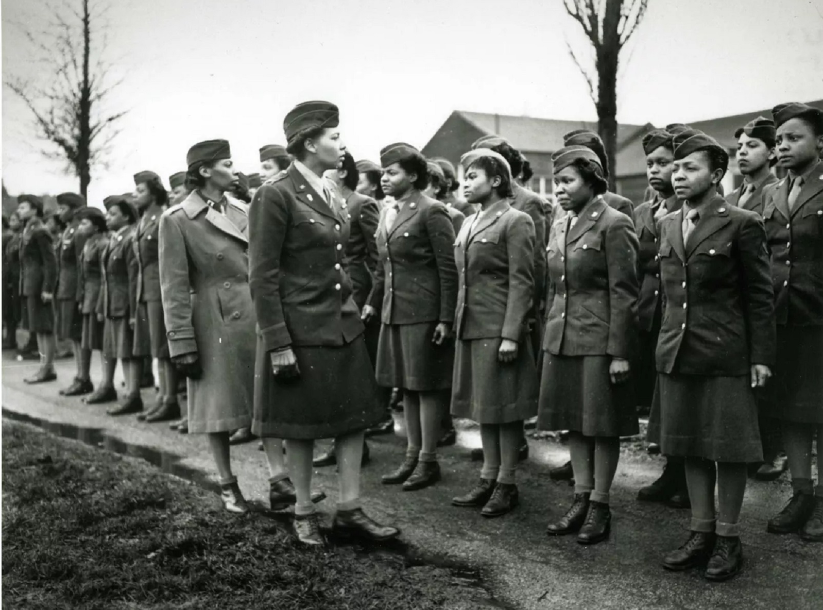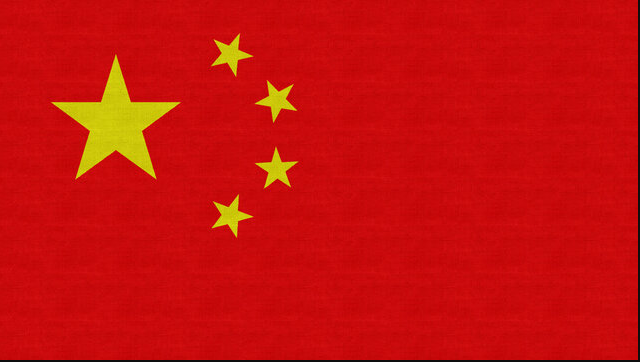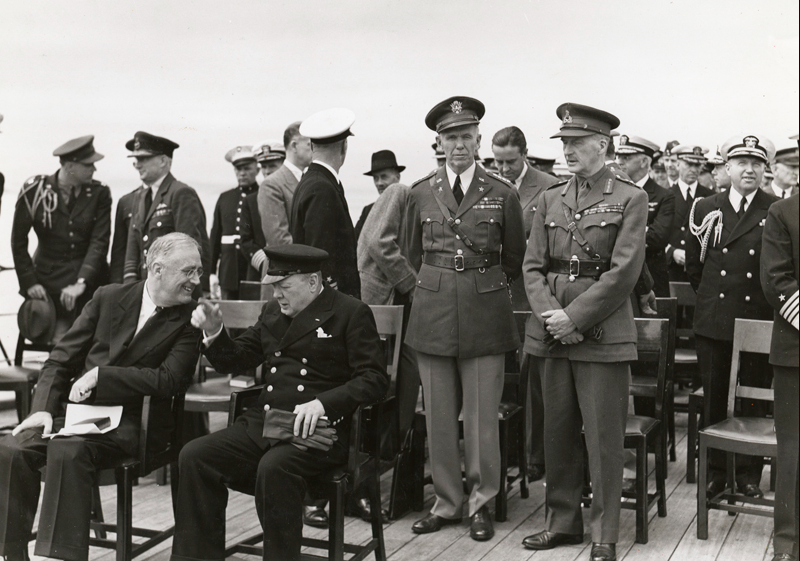China History: An Historical Overview
Of all histories in the world, Chinese history is probably the longest, spanning over 5,000 years. Starting with the ancient rise of its dynasties to the making into a world power today and then also future, periods of innovation, conflict and unity are highlights in this history. It is only with an understanding of such history that we can grasp China’s present now in front of us.
Ancient Beginnings and the Rise of Dynasties
China’s written history began somewhere around 2070 BCE with the birth of the legendary iXia Dynasty, although most of this early period remains shrouded in myth. The first confirmed dynasty, the Shang Dynasty (1600-1046 BCE)/was known for such accomplishments as developing writing, bronze work and urban centers. It was succeeded by the Zhou Dynasty (1046-256 BCE). Now, the high point of Chinese philosophical though (including Confucianism and Daoism) was achieved.
At the same period, the Zhou saw China begin to fragment into competitors. Thus arose the Warring States period (475-221 BCE). This time of total disorder ended in 221 BCE with the unification of the country and the founding of the Qin Dynasty by its first emperor, Qin Shi Huang. A centralized bureaucracy was established, it o standardized weights, measures and writing, the Grand Canal was built and construction began on the Great Wall. But the Qin Dynasty was short-lived, lasting just four years after the rebels rebelled against his authority at his death.
The Golden Age of Imperial China
After the Qin, the Han Dynasty (206 BCE–220 CE) marked a golden age in Chinese history. It expanded territory, solidified bureaucracy and established the Silk Road that facilitated trade with the West. So deep and lasting was the influence of this dynasty that today the major ethnic group in China calls itself “Han Chinese”.
The Fall of the Han? This caused a period of disunity in China. In 581 C.E., the Sui Dynasty achieved national unity, leading to: THIS PAVED THE WAY TO. ANOTHER PERIOD OF CULTURAL AND ECONOMIC prosperity, the Tang Dynasty (619-907 C.E., famous for nature poems. Trade continued the life of story telling and performing arts and dramas also. The Song Dynasty (96 BC-1279 AD) was famous for its technological achievements, such as gunpowder, printing, and the magnetic compass.
Mongol Rule and the Ming Dynasty
In 1279, Mongols under Kublai Khan overthrew the Chinese and founded the Yuan Dynasty. This was the first time that China had been ruled by a foreigner. Despite the Mongol occupation, Chinese culture remained strong and the Mongols were driven out in 1368 with the rise of the Ming Dynasty. The Ming Dynasty (1368-1644 C.E.) is known for its restoration of national rule to China and its achievements in art, literature, architecture–the Great Wall in its modern form. It was during this era that Chinese maritime explorations led by Admiral Zheng He reached as far as Africa, displaying China’s naval power to the world.
The Last Dynasty and Modern China
The Qing Dynasty (1644-1912 C.E.) was the last imperial dynasty of China; founded by the Manchus. Although initially prosperous, the Qing later became embroiled in internal rebellions and was increasingly squeezed by Western powers outside who became powerful as a result of the industrial revolution. The Opium Wars with Britain, the Taiping Rebellion, and Japan’s rise as a regional power all helped to undermine the Qing and brought about its overthrow in 1912. In the 20th century, a turbulent course was embarked upon by China. From an imperial rule it changed to that of republic. Ultimately it also turned into a communist nation under Mao Tse-tung in 1949. This establishment of the People’s Republic of China marks a new period in Chinese history, setting the stage for its ascent as a modern global power.
Conclusion
The history of China is a large painting of dynastic cycle, philosophical tradition, cultural achievement in its own right. From ancient times to present day, every era has cast an imprint on this country’s identity. Yet today China’s rich heritage still permeates internationally. Its policy decisions, social mores and global interactions are all marked by the history embedded in contemporary China. Knowledge of past political development in China can be enlightening about future directions such a crucial player on the 21st-century world stage as China will take.









